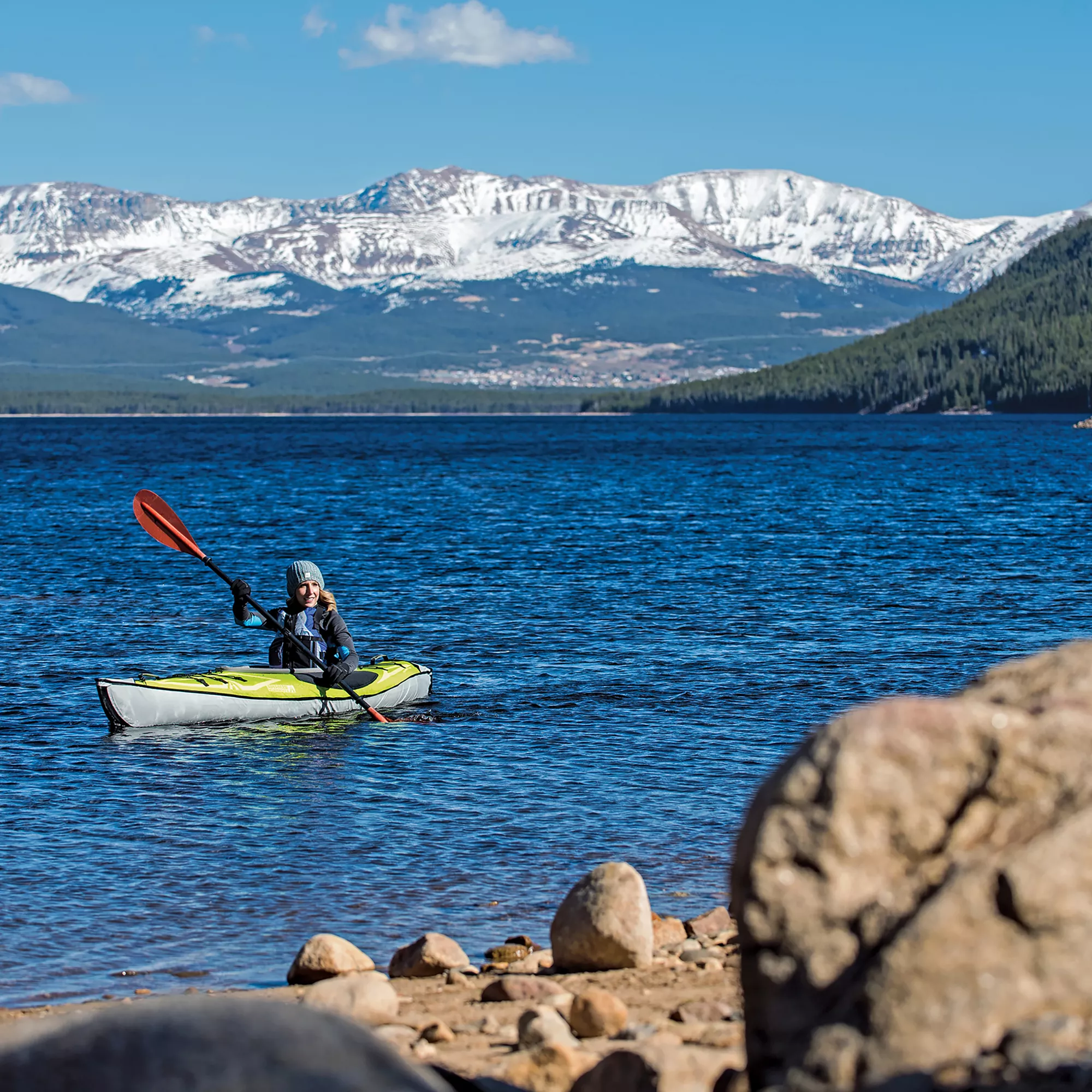High-Angle vs. Low-Angle Paddle Strokes: Understanding the Difference in Kayaking
In kayaking, your paddle stroke is one of the most critical factors influencing your efficiency, speed, and endurance on the water. Two primary techniques often discussed are the high-angle paddle stroke and the low-angle paddle stroke. Each has distinct characteristics and is suited to different kayaking scenarios. Understanding the difference between these strokes can help you choose the right technique for your style and environment. Let’s break down the differences and explore when and how to use each.
What is a High-Angle Paddle Stroke?
The high-angle paddle stroke is characterized by a steeper paddle position. When using this technique, the paddle blade enters the water closer to the kayak, and the paddle shaft remains nearly vertical during the stroke.
Key Features of a High-Angle Stroke:
- Blade Entry: Near the kayak, often close to your toes.
- Shaft Position: More vertical, creating a steeper angle.
- Stroke Length: Shorter and more powerful.
- Body Movement: Involves significant torso rotation and core engagement.
When to Use a High-Angle Stroke:
- Speed and Power: Ideal for faster paddling, such as during races or sprints.
- Rough Waters: Helps in controlling the kayak in choppy or windy conditions.
- Narrow Kayaks: Works best with narrower touring or sea kayaks that allow close paddle placement.
Benefits of High-Angle Stroke:
- Generates more power and speed.
- Offers better control in dynamic water conditions.
- Engages larger muscle groups, such as your back and core, for efficient paddling.
What is a Low-Angle Paddle Stroke?
The low-angle paddle stroke involves a flatter paddle position. Here, the paddle blade enters the water farther from the kayak, and the paddle shaft stays at a more horizontal angle.
Key Features of a Low-Angle Stroke:
- Blade Entry: Farther from the kayak, often around shoulder-width.
- Shaft Position: More horizontal, creating a shallower angle.
- Stroke Length: Longer and more relaxed.
- Body Movement: Minimal torso rotation, with smoother, slower movements.
When to Use a Low-Angle Stroke:
- Long-Distance Paddling: Perfect for touring or recreational kayaking over extended periods.
- Calm Waters: Best suited for lakes, slow-moving rivers, or flat coastal areas.
- Wider Kayaks: Works well with wider kayaks, offering more comfortable paddle placement.
Benefits of Low-Angle Stroke:
- Reduces fatigue during long paddling sessions.
- Minimizes strain on your shoulders and arms.
- Promotes a relaxed and steady pace.
High-Angle vs. Low-Angle: Choosing the Right Technique
| Feature | High-Angle Stroke | Low-Angle Stroke |
|---|---|---|
| Paddle Position | Vertical (steep) | Horizontal (flat) |
| Purpose | Speed and power | Efficiency and endurance |
| Water Type | Rough, choppy, or dynamic | Calm, flat, or slow-moving |
| Kayak Type | Narrow touring/sea kayaks | Wider recreational kayaks |
| Energy Output | High-intensity | Low-intensity |
Tips for Finding Your Stroke:
- Consider Your Goals: If speed and control are your priority, use a high-angle stroke. For relaxed, long-distance paddling, opt for a low-angle stroke.
- Match Your Environment: Adapt your stroke to the water conditions. High-angle strokes excel in rough conditions, while low-angle strokes shine in calm waters.
- Practice Both Techniques: Becoming proficient in both strokes will make you a versatile paddler, ready to adapt to any scenario.
Conclusion:
Both high-angle and low-angle paddle strokes have unique advantages that cater to different paddling needs. By understanding the key differences, you can select the technique that best aligns with your goals and paddling environment. Whether you’re powering through rough waters with a high-angle stroke or enjoying a leisurely day on a calm lake with a low-angle stroke, mastering these techniques will enhance your kayaking experience.
Practice each stroke to build confidence and versatility, and you'll soon be paddling like a pro in any conditions!







